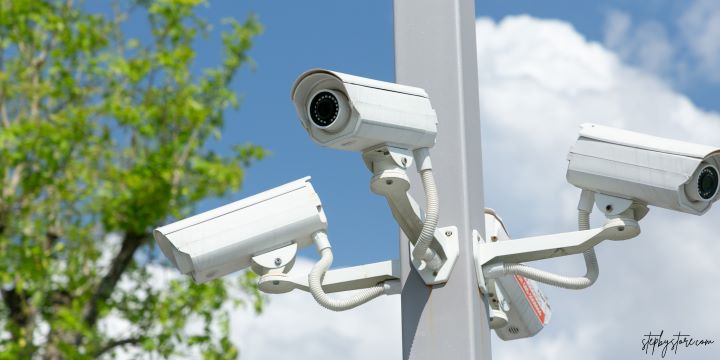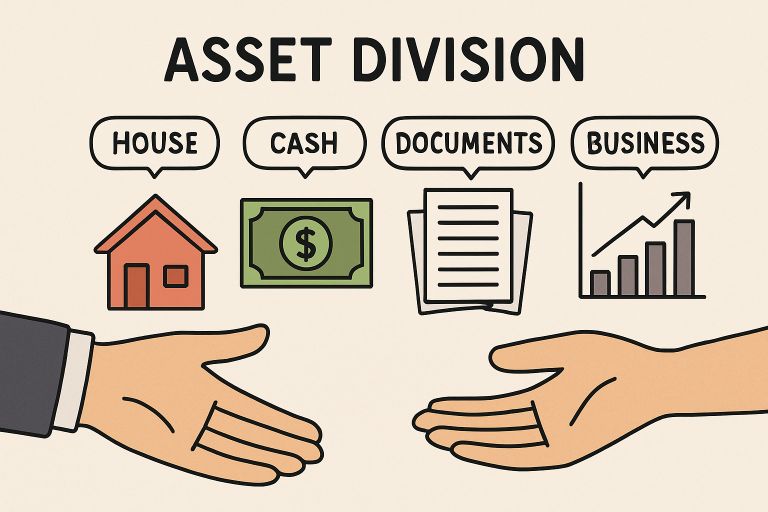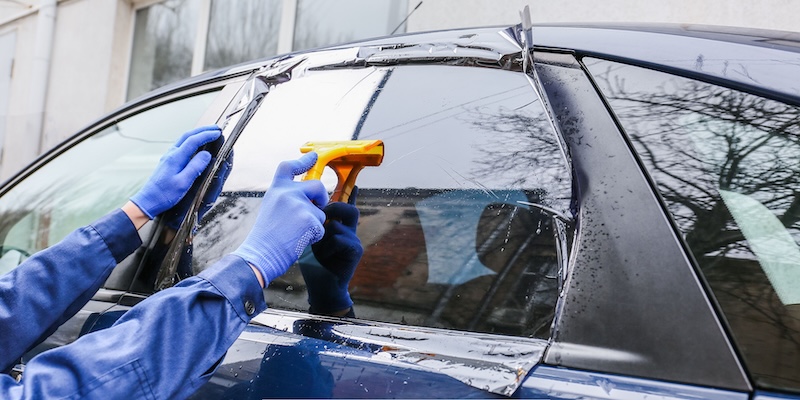Table of Contents
- Introduction to School Surveillance Cameras
- Key Benefits of Implementing Surveillance in Schools
- Balancing Privacy Concerns with Security Needs
- The Technology Behind Modern Surveillance Systems
- The Future of School Surveillance: Trends and Predictions
- Final Thoughts
Introduction to School Surveillance Cameras
Maintaining a secure and safe learning environment in schools has made the installation of surveillance cameras increasingly necessary. School safety has become a critical concern for administrators, teachers, parents, and students. Several schools are including surveillance cameras as part of their safety strategies due to worries about theft, trespassing, bullying, and school violence. However, in what specific ways might security cameras improve school safety? These systems monitor activities inside and outside the school premises, helping deter misconduct and providing crucial evidence when needed. The importance of cameras in classrooms cannot be overstated, as they significantly improve overall student safety.
Modern surveillance solutions have evolved tremendously, becoming more sophisticated and effective in identifying potential security threats. Schools are places where students should feel protected; robust surveillance measures are pivotal in achieving this. Detailed monitoring helps ensure that any unusual activities are quickly identified and addressed, creating a safe zone conducive to learning.
Key Benefits of Implementing Surveillance in Schools
Improving Student Safety
A primary benefit of security cameras is increasing student safety. Cameras deter external and internal threats, significantly reducing the likelihood of dangerous incidents occurring within school premises. By maintaining a visible presence, these systems can discourage potential intruders and unauthorized personnel from entering the school grounds.
Reducing Bullying and Misconduct
Bullying and misconduct are severe issues in many schools. Surveillance cameras help in monitoring student behavior, providing evidence that can be used to address such issues promptly and effectively. By capturing incidents on video, school authorities can take appropriate action based on clear and indisputable proof, fostering a safer and more respectful environment for students.
Quick Response to Emergencies
In emergencies, the ability to access real-time footage can be critical. Surveillance systems allow for rapid response, helping mitigate the impact of incidents and ensure student safety. This immediate access enables security personnel and first responders to understand the situation clearly, facilitating a more coordinated and effective response.
Supporting Legal and Disciplinary Actions
Surveillance footage can serve as essential evidence in legal and disciplinary actions. It ensures that incidents are addressed fairly and appropriately, based on clear and indisputable visual evidence. From minor infractions to more serious issues, having recorded evidence allows school administrators to make well-informed decisions when handling disciplinary matters.
Balancing Privacy Concerns with Security Needs
While surveillance systems have significant advantages, they must be balanced with privacy concerns. Schools need to ensure that these systems are used responsibly, with clear policies outlining their use and the management of collected data. According to Educational Week, there are ongoing debates about the extent of appropriate surveillance, highlighting the importance of striking a careful balance. Ensuring surveillance policies are transparent and stakeholders are informed about surveillance’s scope and purpose can help address privacy concerns. Schools can implement best practices such as limiting camera placements to public areas and ensuring footage is accessible only to authorized personnel. Respecting student privacy while maintaining safety is crucial for the overall acceptance and effectiveness of surveillance systems.
The Technology Behind Modern Surveillance Systems
Modern surveillance systems have advanced technologies such as high-definition cameras, facial recognition, and real-time monitoring capabilities. These innovations provide sharper images and more efficient monitoring, ensuring security personnel can respond swiftly and accurately to incidents. An article from Security Magazine details the latest trends and issues in school security technology, offering insights into the evolving landscape. These advancements also include intelligent video analytics, automatically detecting and alerting authorities to suspicious activities. Enhanced storage solutions ensure that video data is securely archived and easily retrievable when needed. Integrating cloud-based systems allows for remote access and management, further improving the flexibility and effectiveness of school surveillance.
Several schools have successfully implemented surveillance systems, demonstrating their effectiveness in enhancing security. For instance, schools in various districts have reported decreased vandalism and improved response times to incidents. These real-world examples serve as powerful testimonies to the benefits of school surveillance cameras.
In one case, a school district reported a 40% reduction in bullying incidents within the first year of implementing surveillance cameras. Another example showed how video footage helped identify and resolve a series of thefts, leading to a more secure environment for students and staff.
The Future of School Surveillance: Trends and Predictions
The future of school surveillance is likely to see further advancements and integration of technology. Emerging trends like AI-driven analytics and more sophisticated threat detection are poised to reshape the landscape. As these technologies evolve, they will offer even more robust solutions for ensuring student safety and security. Predicting possible risks before they materialize and identifying trends can be improved by integrating AI. Additionally, the increasing use of mobile surveillance units and body-worn cameras by school security personnel provides greater flexibility and coverage. As these trends continue to develop, the potential for creating safer school environments becomes even more significant.
Final Thoughts
School surveillance cameras ensure student safety and foster a secure educational environment. While privacy concerns must be managed, these systems’ benefits make them a valuable asset for schools worldwide. By leveraging modern surveillance technology, schools can create a safer, more secure environment for students to learn and grow. As schools continue to adopt and update surveillance technologies, it will be critical to maintain a balanced approach. Prioritizing both security and privacy will help build trust and optimize the effectiveness of these systems, ultimately contributing to a better and safer educational experience for all students.







